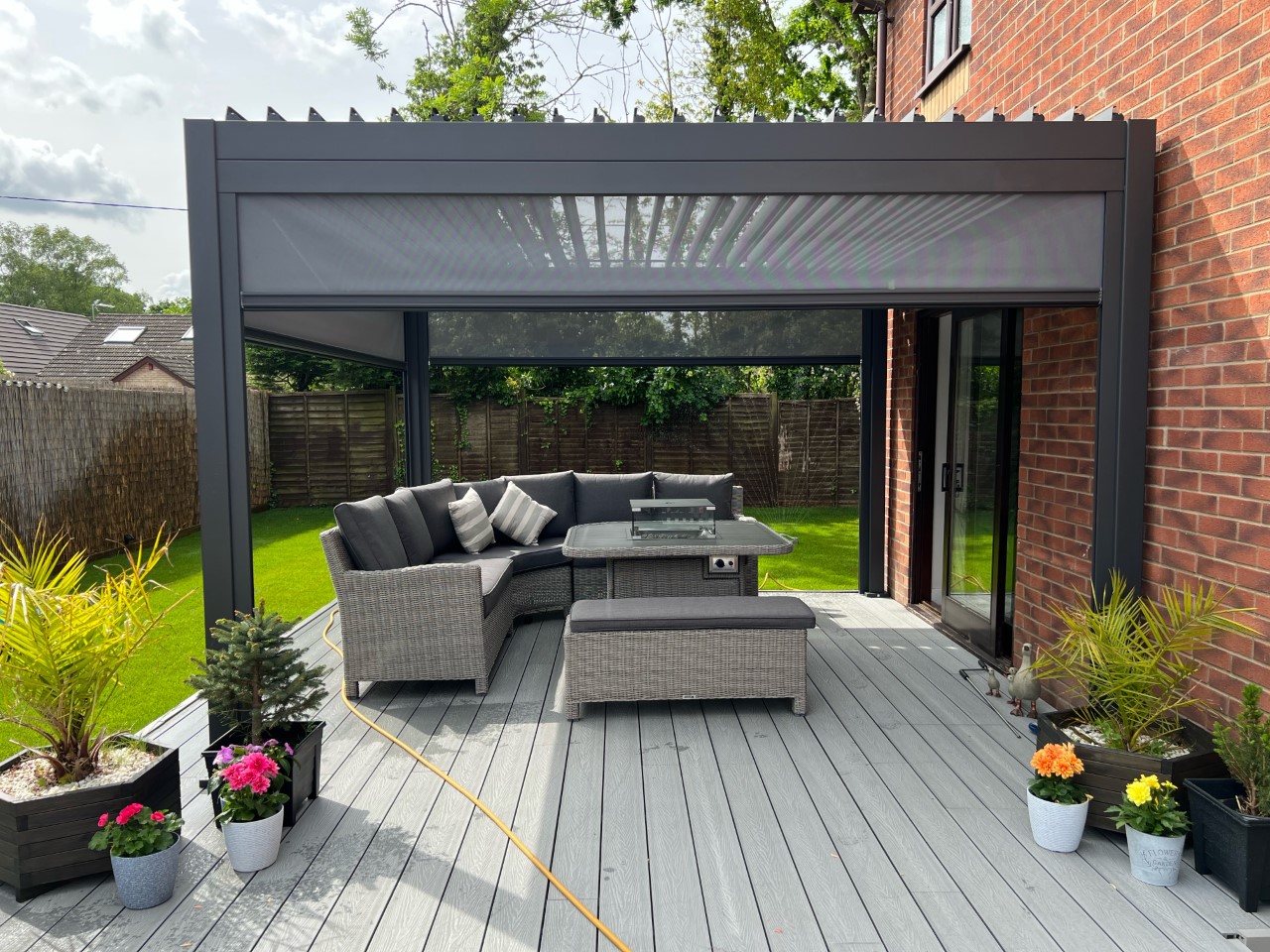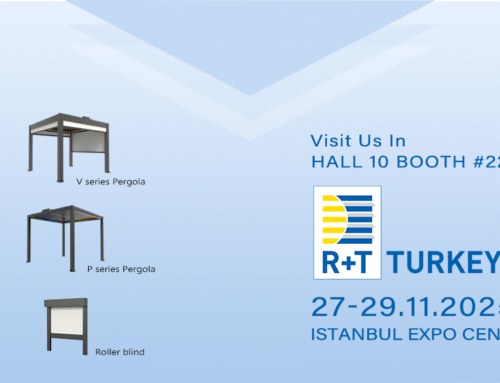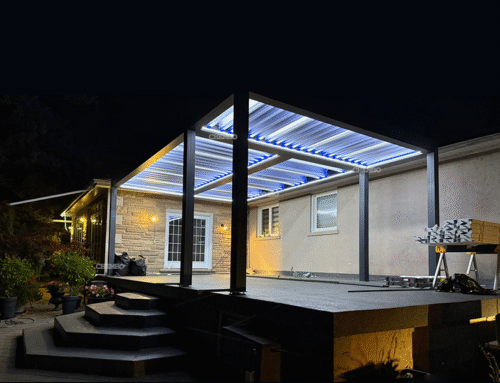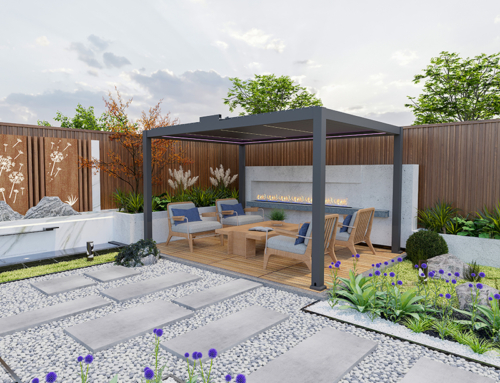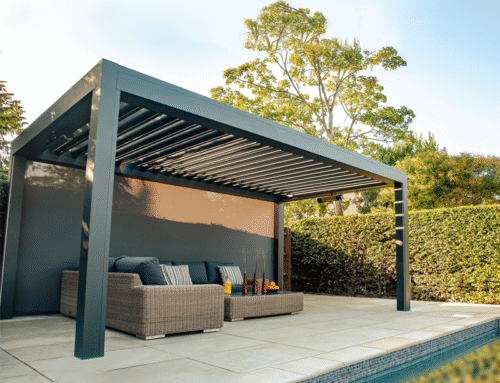When a pergola is directly connected to the main structure of a residence, its design must balance architectural harmony with functional versatility.
This type of connection is commonly found in backyards or side yards, featuring an open wooden or metal frame supported by posts. It provides a shaded resting area while extending the flow of indoor living spaces.
In modern architectural design, roofs often incorporate adjustable sunshades or climbing plants to achieve a dynamic balance between light, shadow, and privacy.
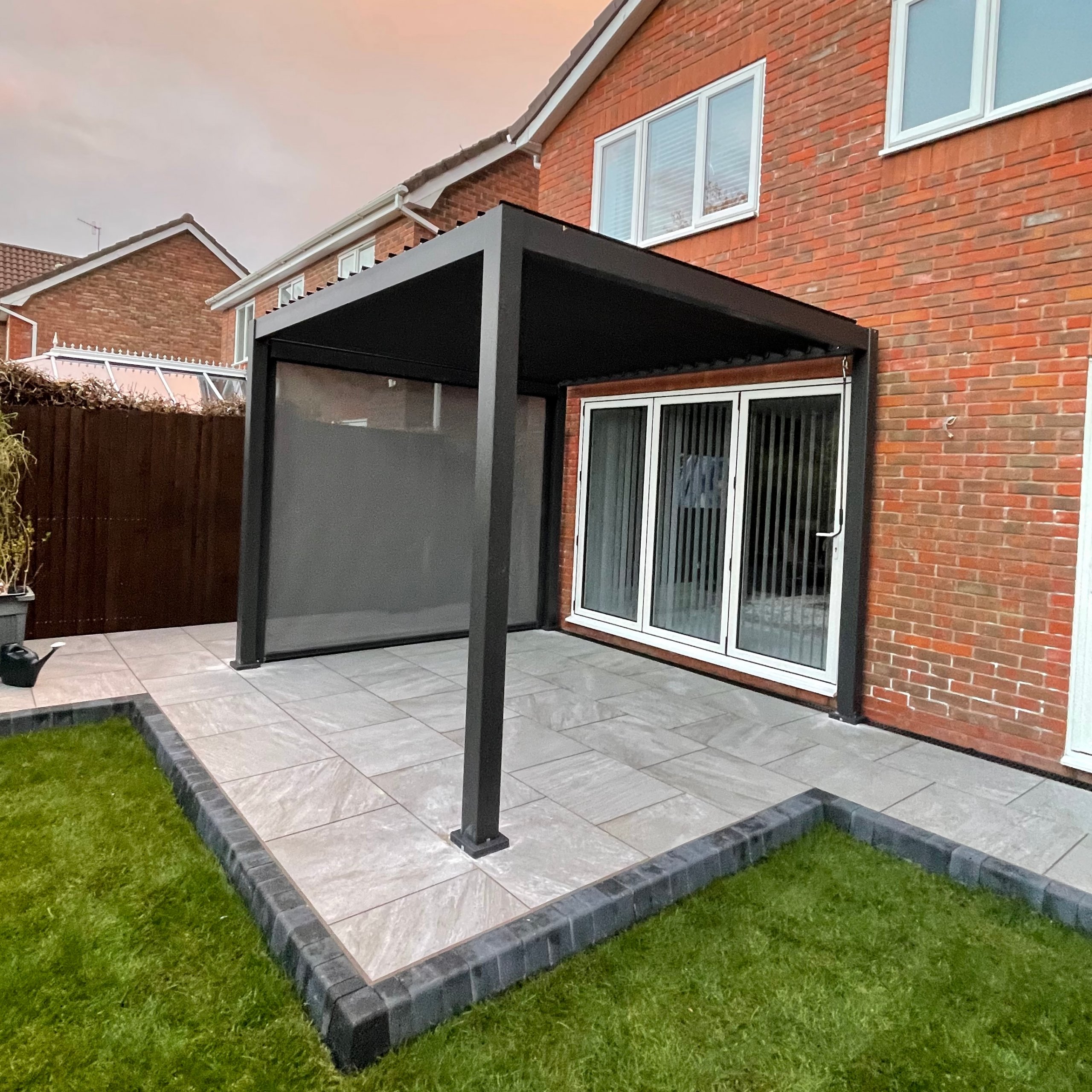
Three Common Connection Methods for Pavilion Structures
Pergola attached to house: Align the pergola frame with the residential roof eaves, using matching materials (such as cedar wood or aluminum alloy) to ensure visual continuity. Suitable for traditional-style homes.
Glass Transition: Connecting indoor and outdoor spaces through floor-to-ceiling glass porches, the pergola roof incorporates tempered glass to create an all-weather transitional area, enhancing natural light and climate adaptability.
Stepped Tiered Style: Utilizing natural elevation changes to create staggered platforms, with the pavilion serving as an extension of the rooftop terrace. Vertical greenery enhances the three-dimensional effect, making this design ideal for sloped terrain.
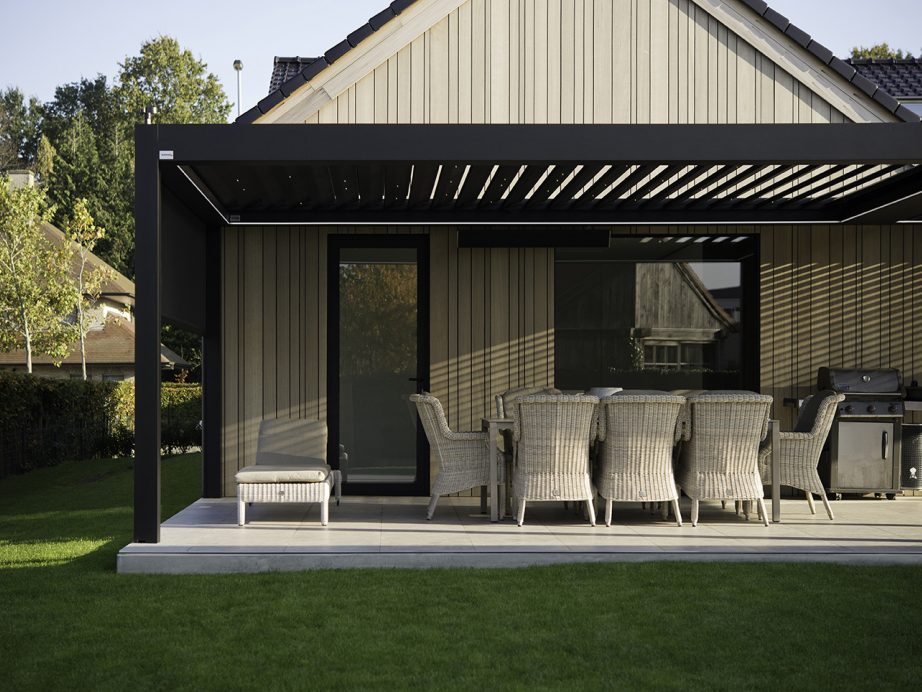
Through the construction of pavilions, functional scenarios can be achieved through modular design.
Dining Area: Extend the kitchen counter into the pavilion, featuring a built-in grill and waterproof storage cabinets to create an outdoor cooking hub.
Entertainment Zone: Pre-installed audio wiring and concealed projection screen brackets around the pavilion, integrated with windproof roll-up shades to enable audiovisual entertainment functionality.
Gardening Area: An automatic irrigation system is installed at the top, with vertical planting bags suspended on the walls to form a miniature ecological green wall.

